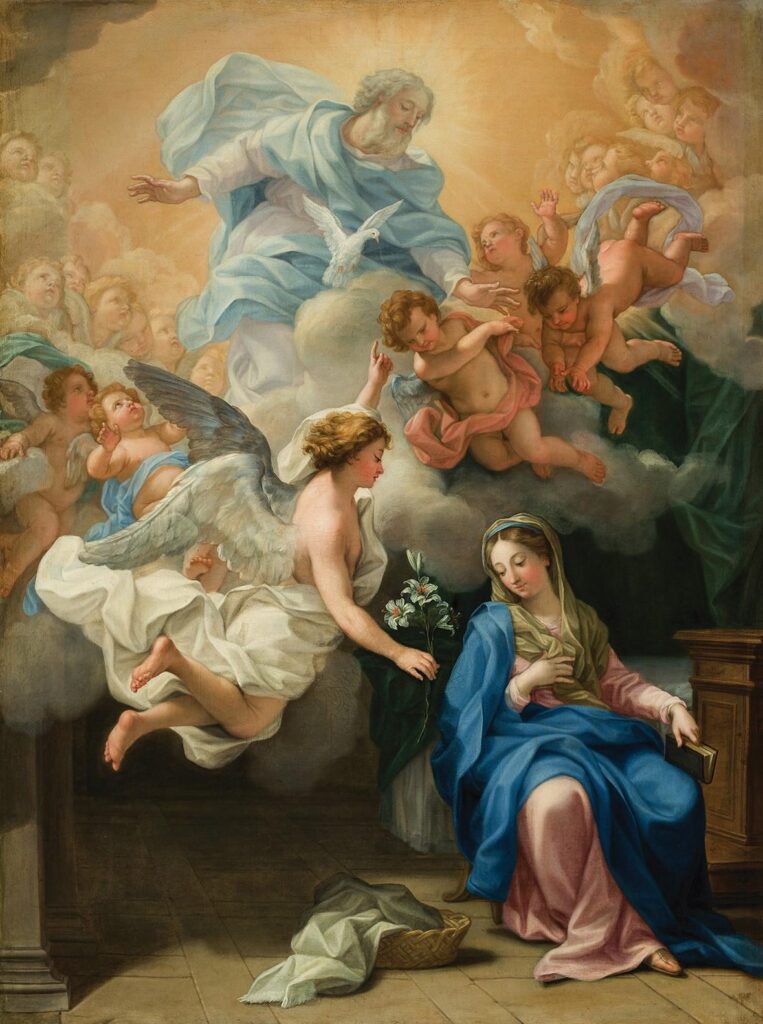A Week to Remember: Highlights from an Unforgettable Event in Malta

As our incredible week drew to a close, we couldn’t be more thrilled to share some of the standout moments that made this event truly unforgettable. From breathtaking venues to rich cultural experiences, this was a celebration of Malta at its finest. We kicked off the week in grand style with an awe-inspiring conference setup […]
St. Joseph’s Feast in Malta: A Celebration of Tradition and Flavour

On Wednesday, March 19th, Malta celebrates the feast of St. Joseph, a public holiday marked by vibrant festivities in Rabat, a suburb of Mdina. This cherished event brings together locals and visitors alike to partake in religious processions, traditional food, and spectacular fireworks displays. The village of Rabat is transformed with colourful decorations, including large […]
Mdina’s ‘controversial’ neo-gothic house that’s become a museum

Casa Gourgion has been turned into a walk-through heritage home museum A landmark, stately, 19th-century house in Mdina’s main square is now accessible to the public after the family who inherited it embarked on a four-year restoration project to turn it into a walk-through heritage home museum. Anyone visiting the Silent City would have noticed […]
Easter Sunday in Malta

Malta’s exciting Risen Christ statue Easter Sunday tradition is still going strong. A symbol of joy, the run sees a group of men run through the streets carrying a massive statue of the Risen Christ and it is one of Malta’s most beloved Easter traditions. Several towns took part in the tradition on Sunday. This […]
The Xara Palace nominated for the Conde Nast Traveller Readers’ Choice Awards 2023

The Xara Palace Relais & Châteaux are thrilled and honoured to be nominated for the Conde Nast Traveller Readers’ Choice Awards 2023 – a testament to their commitment to providing exceptional travel experiences and creating memories that last a lifetime. Visit the CN Traveller website to find out more: https://www.cntraveller.com/gallery/best-hotels-resorts-europe
Il Barocco maltese, tra architettura e musica

IL LEGAME CON IL GUSTO DOMINANTE TRA XVII E XVIII SECOLO IN TUTTA EUROPA SI ESPRIME SOPRATTUTTO NELLE ARCHITETTURE PUBBLICHE E RELIGIOSE DA SCOPRIRE NELL’ARCIPELAGO DI MALTA, GOZO E COMINO A gennaio l’arcipelago di Malta celebra la sua identità barocca. Per tutto il mese, ormai da dieci anni a questa parte, Valletta accoglie infatti un […]
25 years of Colours of Malta

10 hidden gems in Malta

From finding secret beaches on which to enjoy Malta’s stunningly clear waters to knowing the best places to find a cup of coffee with a view or tuck into a late-night pastizzi-fest, this guide has got you covered when it comes to discovering hidden Malta. 1. Valletta The capital of Malta is, of course, a […]
Mdina Cathedral Museum catering for eclectic tastes

The Mdina Cathedral Museum stands out as an institution that is continuously evolving. It is housed in a magnificent baroque building on the right hand side of the cathedral, in Archbishop’s Square. This imposing edifice was built by Bishop Alpheran de Bussan, with the first stone being laid in 1733. This building was to serve […]
Mdina’s de Mondion ranks in ‘top 600 restaurants in the world’ list

Housed within the 17th century Xara Palace Relais & Châteauxis boutique hotel, Mdina fine-dining join ‘de Mondion’ is hands down a staple for any foodies living in Malta. The restaurant is particularly known for its inimitable take on Mediterranean cuisine, so much so that it was recently awarded a Michelin star. As if that wasn’t enough […]
